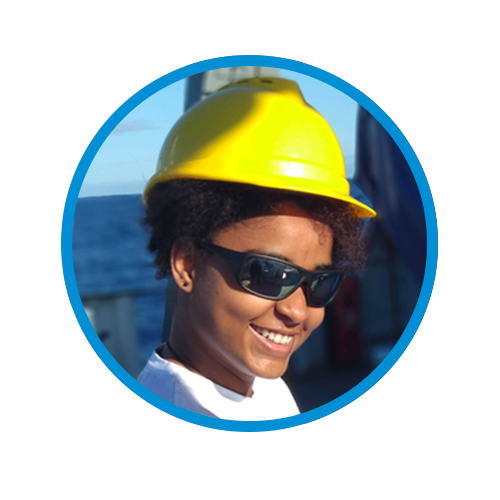Tutorial 2 Hands-on: LSTS Toolchain: Bridging interoperability challenges
In this tutorial, we will showcase the use of Neptus as an interoperability infrastructure for controlling different unmanned vehicles, irrespective of their underlying software platforms. Neptus is a software tool developed at the University of Porto by the Underwater Systems and Technology Lab (LSTS) to plan, monitor and supervise teams of heterogeneous vehicles, in communication-challenged environments. In this session, we will give a Neptus overview and demonstrate how new vehicles can be integrated and become part of a multi-vehicle system by exposing capabilities and performing the assigned behaviors. You will learn how to add your own autonomous vehicles to Neptus and conduct operations by coordinating vehicles running ROS, DUNE and/or MOOS. The tutorial will conclude with a demonstration at sea where vehicles with very different characteristics and control software will be coordinated together using the given approach for an archaeology application.
__
The tutorials are consisted of introduction presentation of 30 minutes and hands-on part of 60min. Tutorial hands-on and demos are divided in three groups which will rotate together every hour:
| 15:30 – 16:30 | Group 1 T1 hands-on: University of Girona |
Group 2 T2 hands-on: University of Porto |
Group 3 T3 hands-on: Kimon Valavanis |
| 16:30 – 17:30 | Group 2 T1 hands-on: University of Girona |
Group 3 T2 hands-on: University of Porto |
Group 1 T3 hands-on: Kimon Valavanis |
| 17:30 – 18:30 | Group 3 T1 hands-on: University of Girona |
Group 1 T2 hands-on: University of Porto |
Group 2 T3 hands-on: Kimon Valavanis |


